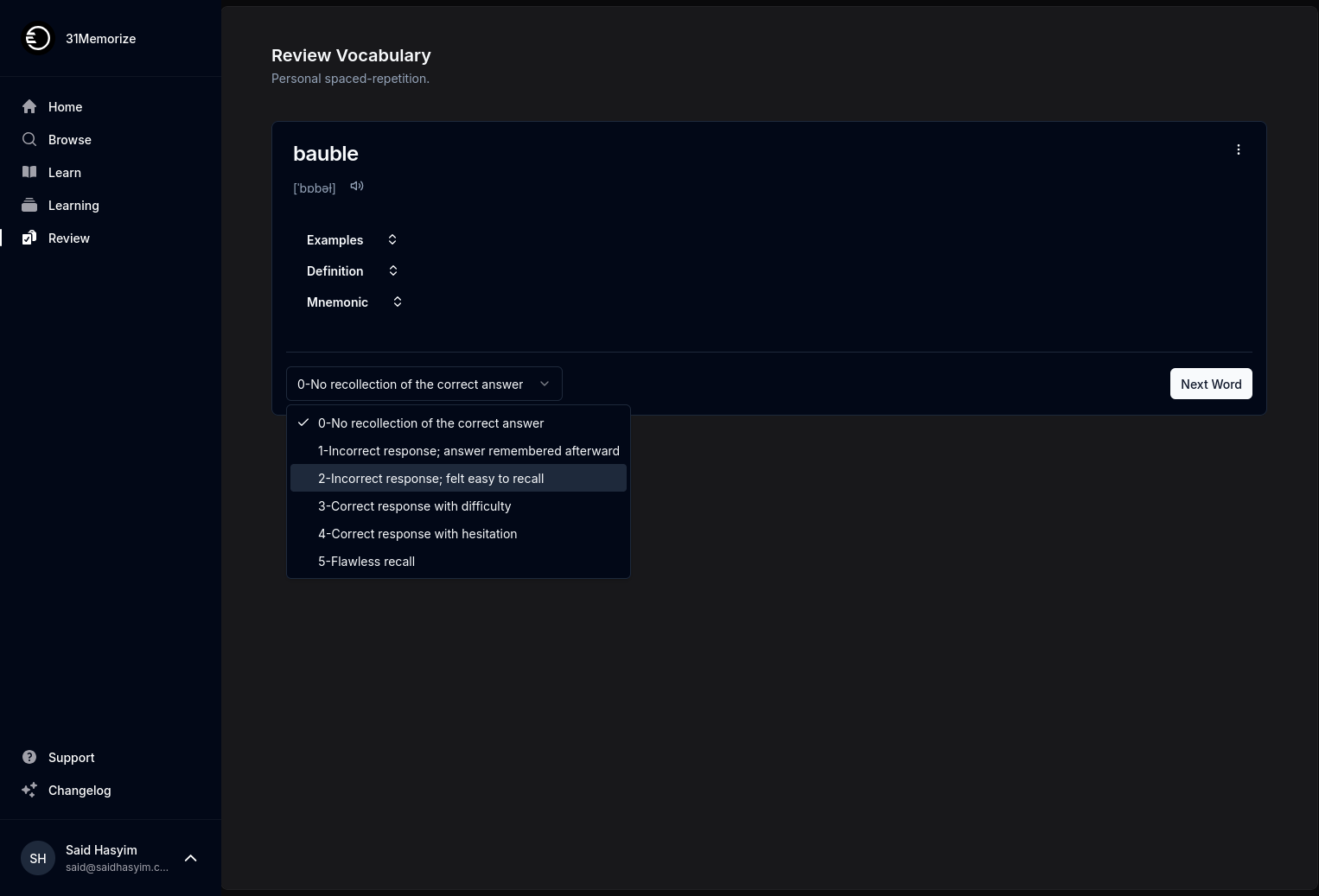The Weight of Words: Understanding Reader Expressions
Words are powerful. They have the ability to convey emotions, provoke thoughts, and inspire actions. Every time we write, we are, in essence, conducting an experiment in communication. But how do readers interpret those words? How do they express their feelings, thoughts, and reactions to what they read? In this post, we'll explore the nuanced relationship between text and reader expression, uncovering the ways in which language shapes understanding and emotion.
The Nature of Language
Language is a living entity, fluid and ever-evolving. Each word carries its own weight; it has connotations and nuances that can shift based on context, audience, and culture. When we speak or write, we draw from a vast repository of vocabulary, each word imbued with meaning, tone, and intention.
Consider the difference in expression when a piece of writing contains the word “home” versus “house.” The former brings forth emotions of warmth, safety, and familial connections, while the latter pertains to a physical structure devoid of emotional resonance. This differentiation shows us that the choice of words can create a spectrum of reader responses.
The Role of Context
Context plays a significant role in how words are interpreted. When a reader approaches a text, their personal experiences, cultural background, and emotional state all filter their understanding. A single word can elicit vastly different responses depending on these contextual factors.
For instance, a reader who has had a traumatic experience may react strongly to words related to loss or grief, interpreting those texts through the lens of their experiences. Conversely, another reader may see the same words without the same emotional charge, leading to varied interpretations of the same text.
Emotional Resonance
One of the most fascinating aspects of language is its capacity to evoke emotions. Writers often craft their words with the intention of inspiring specific feelings in their audience. Words can make us laugh, cry, reflect, or even incite anger.
Think about how poets utilize imagery and figurative language to create profound emotional connections. A line filled with vivid description can transport readers to a moment in time, allowing them to relive an experience or evoke a memory. In such cases, every word is chosen deliberately to resonate with the reader on a deeper level.
Reader Engagement
Reader engagement is another crucial element that hinges on the weight of words. When readers connect with a text, the experience becomes interactive. They bring their interpretations, insights, and emotional reactions, effectively creating a dialogue with the author.
In reading communities, platforms such as book clubs or online forums often showcase how readers collectively dissect a text. They share their feelings and interpretations, unveiling the myriad ways words spark dialogue. How a phrase resonates with one individual may not ring true for another, creating a patchwork of understanding that enriches the reading experience.
The Art of Storytelling
Storytelling is one of the most compelling vehicles for exploring reader expressions. Stories weave together words, characters, and emotions, leading readers on journeys that provoke introspection. Here, the weight of words can transform narratives into mirrors that reflect personal truths.
When an author skillfully develops characters and narratives, they also shape the readers’ emotional arcs. In a well-told story, readers might find themselves empathizing with characters, experiencing their triumphs and failures, heartbreaks and joys. Those connections can lead to visceral reactions—tears shed, laughter shared, or moments of deep reflection.
The Impact of Tone and Style
The tone and style of writing also heavily influence reader expression. A sarcastic remark may elicit humor in one reader while alienating another. A lyrical prose style may lead a reader to ponder the beauty of language but may not resonate with someone preferring straightforward answers.
Ultimately, the weight of the words we choose extends beyond their dictionary definitions. It encompasses style, rhythm, and emotional inflection. When combined thoughtfully, these elements can elevate a piece of writing, forging stronger connections between the author and the audience.
Challenging Reader Perspectives
Interestingly, the weight of words does not only serve the purpose of affirmation. Sometimes words are meant to challenge, provoke, or disrupt. Writers often use provocative language to encourage readers to rethink their beliefs or to confront uncomfortable truths.
This kind of writing is essential for growth, sparking discussions and debates that can lead to lasting change. While it may create discomfort, confronting challenging narratives allows readers to navigate complex ideas, encouraging them to expand their perspectives.
Conclusion
In the realm of literature and communication, the weight of words cannot be overstated. Understanding how words influence reader expressions—a tapestry woven from personal experience and emotional resonance—offers insight into the power of language itself. As both readers and writers, it's essential to recognize that each word carries weight and meaning beyond its face value.
The next time you sit down to read or write, reflect on the power you wield with every word. How might your choices impact the reader’s journey? Similarly, as a reader, consider the layers of meaning, emotion, and interpretation that unfold with each turn of the page. The exploration of words and their significance is not just an exercise in semantics; it is a path to deeper understanding, empathy, and connection—an invitation to discover the diverse landscape of human experience through the lens of language.
